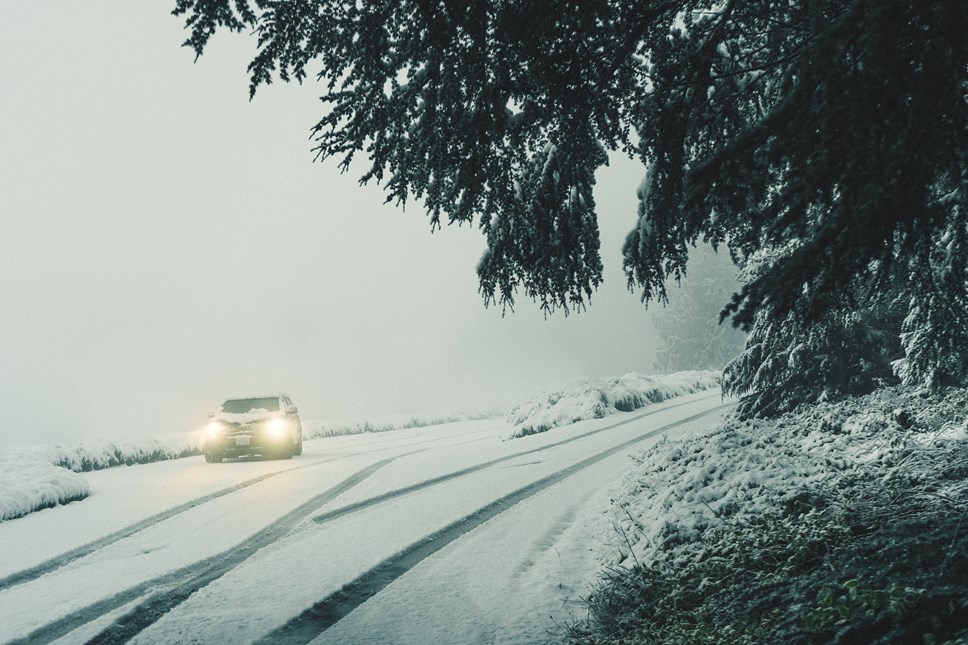
Winter Driving Safety Awareness
Content Producer and Researcher Leo Clarke provides some advice for driving during colder weather
Winter presents an array of unpleasant driving conditions which can make staying safe on the roads difficult. It’s easy to think that by simply driving a little slower we are doing our bit to reduce the risks but there are other factors to protecting yourself and others throughout the colder months. Here are our top tips for staying safe on the roads when they are at their worst:
Follow a maintenance checklist
With one road accident happening every hour in wintery conditions, it is vital to ensure your vehicle is properly maintained. Before any journey, it is wise to walk around your car and check your tyres for any signs of damage and make sure that they have the right amount of tyre tread. Check that you have fluid in your windscreen wash tank and that your wiper blades are in good working condition. Be sure to also confirm that all of your lights are working, as you're more likely to end up driving in poor visibility with the shorter days and higher chance of rain that winter brings. If it is snowy, icy, foggy or wet outside be sure to take extra care when examining your car before driving.
Carry a safety kit
A safety kit is essential when you're driving in winter, as you're more likely to get caught in traffic, stuck in deep snow, or break down at the side of the road. You may have to wait for hours, so it's important to make sure that your car is properly equipped with non-perishable snacks and bottled water. It’s a good idea to have a stash of blankets and warm clothing, as well as a high-visibility jacket, a road sign and a torch.
Make sure that your mobile phone has plenty of charge before you set off, and remember that you can use a service like what3words to help to pinpoint your location if you get stranded somewhere unfamiliar.
Drive cautiously
Setting off early, so that you don’t feel pressured to rush, can be the difference between a safe arrival and a disaster. When you're driving on ice, sharp turns can send your car out of control. Make sure that you steer slowly and brake gently, remembering that stopping distances can increase by up to 10x in icy conditions. If you have to drive long distances, be sure to practise self-care and rest regularly to avoid fatigue.
Know how to react when you need to
Even the most careful drivers can suddenly lose control of their vehicle. Ice and surface water are unpredictable and can't always be avoided. If you find that you've lost control of your car, it's important to react in the right way. Whilst you are likely to instinctively react and try to slam on the brakes, you must remember to remove your feet from the pedals whilst your car regains its grip on the road. As soon as you feel it grip properly again, continue with slow controlled movements. Sharp braking, accelerating and steering will only serve to make things worse.
It's recommended that you should only drive in poor winter weather if you absolutely have to. But if you have to drive, a well-maintained car and sensible driving are key. Stay safe!
This is a guest post by Leo Clarke, Content Producer and Researcher
